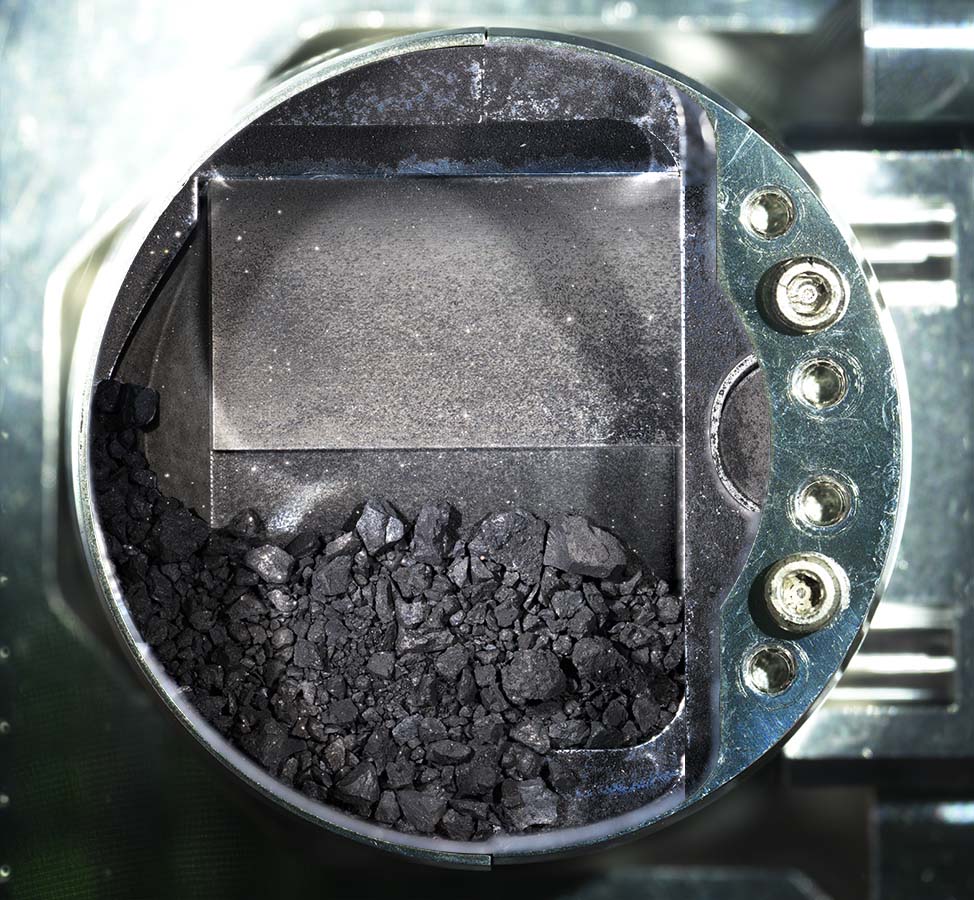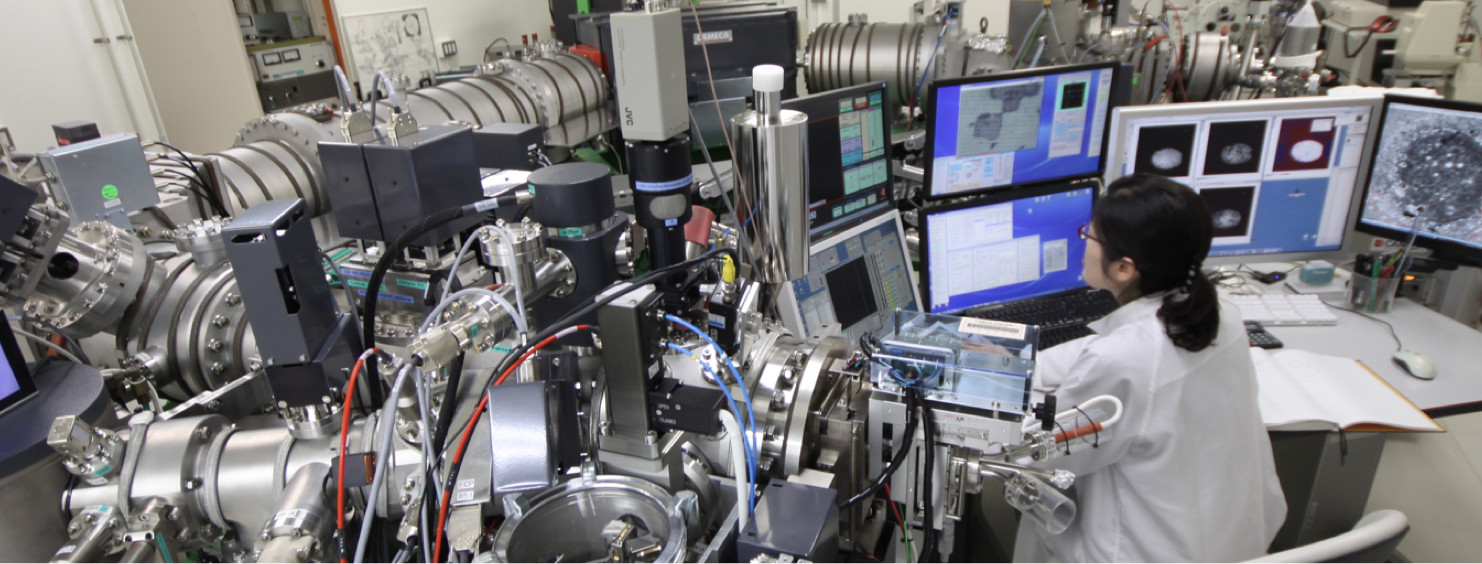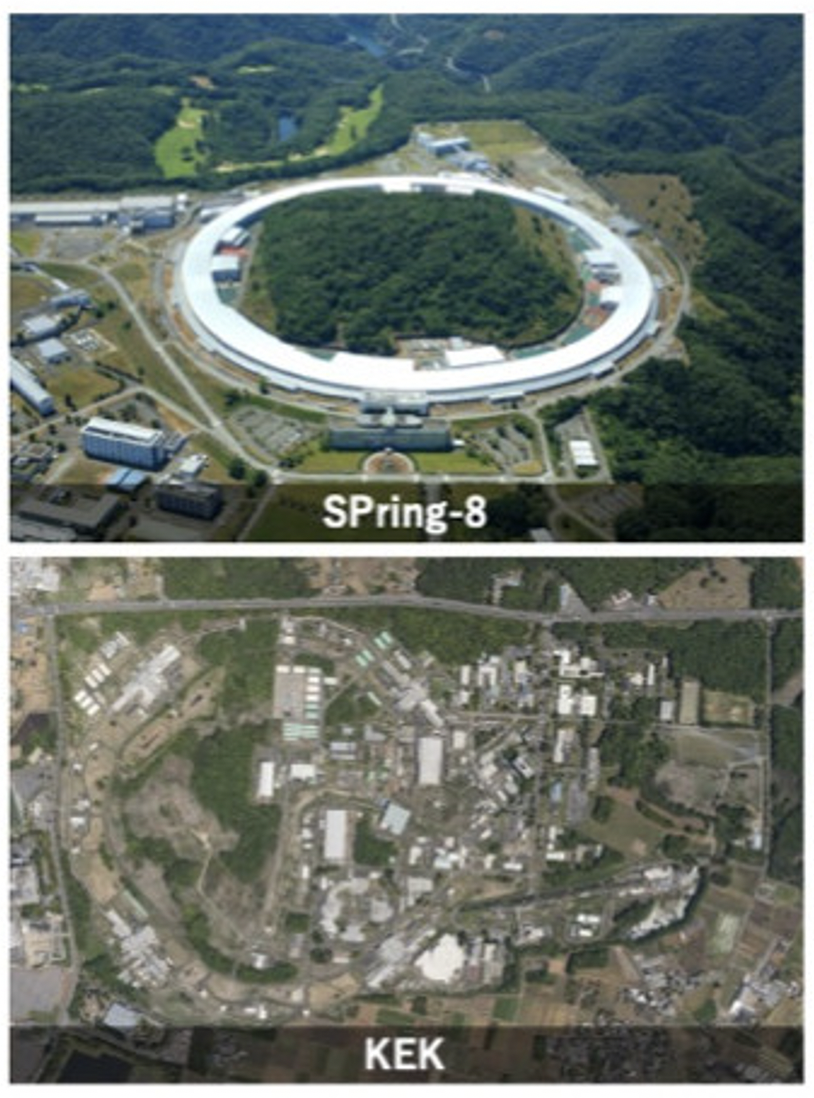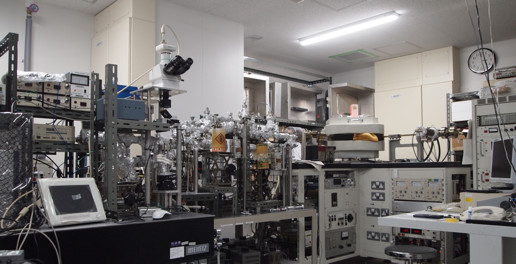DATE2021.05.13 #Press Releases
HAYABUSA2 initial analysis team will start analyzing samples from June 2021.
Disclaimer: machine translated by DeepL which may contain errors.
Shogo Tachibana (Professor, UTokyo Organization for Planetary and Space Science / Project Professor, Institute of Space and Astronautical Science, JAXA)
Naoyoshi Yimoto (Professor, Hokkaido University)
Tomoki Nakamura (Professor, Tohoku University)
Takaaki Noguchi (Professor, Kyoto University / Professor, Kyushu University)
Takashi Okazaki (Associate Professor, Kyushu University)
Hikaru Yabuta (Professor, Hiroshima University)
Hiroshi Naraoka (Professor, Kyushu University)
Key Points of the Presentation
- The Hayabusa2 initial analysis team will start particle analysis inside the Earth return capsule in June 2021 (one year).
- The initial analysis team will consist of 269 members from 109 universities and research institutes in 14 countries.
- The initial analysis team will consist of six teams with different research objectives and methods.
Announcement Summary
The asteroid probe Hayabusa2(Note 1) returned from the asteroid Ryuguu (Note 2) in December2020 and successfully returned samples. The particles inside the sample container will be analyzed by the HAYABUSA2 project initial analysis team for one year from June of this year, aiming to achieve the project's scientific goals: the origin and evolution of the solar system, the Earth's oceans, and the raw materials of life.
The initial analysis team consists of six teams: chemical analysis, rock material analysis, sand material analysis, volatile components analysis, solid organic material analysis, and soluble organic material analysis. 269 scientists from109 universities and research institutes in 14 countries are expected to participate in the team.
Announcements
Particles brought back by Hayabusa2 will be initially described at the Institute of Space and Astronautical Science's Curation Facility and then analyzed in detail by the initial analysis team in the project starting around June2021. The one-year analysis will aim to achieve the project's scientific goals, which include the origin and evolution of the solar system, the Earth's oceans, and the raw materials of life.
The initial analysis will be conducted by an international team of 269 scientists from109 universities and research institutes in 14 countries, led by Japan. The initial analysis team will be divided into six sub-teams, as detailed below. Professor Shogo Tachibana of The University of Tokyo will be in charge of overall supervision.

Particles in the Hayabusa2 sample catcher (c) JAXA. The sample is thought to have been collected during the first touchdown. The diameter of the catcher cylinder is 48 mm.
1. Chemical Analysis Team
Team Leader: Professor Naoyoshi Yurimoto, Hokkaido University
Research: We will characterize the chemistry of the Ryuguu samples brought back by HAYABUSA2. The average chemical composition and isotopic composition of elements will be analyzed. In addition, isotopic compositional variations and formation ages of sample components will be determined. From these results, we will clarify the relationship between Ryuguu and the types of meteorites that fall to the earth, and investigate the origin and formation of Ryuguu.

[ Chemical Analysis Team ] Isotope microscope for observing elemental and isotopic distribution (Hokkaido University)
2. Stone Material Analysis Team
Team Leader: Professor Tomoki Nakamura, Tohoku University
Research: Material analysis of coarse particles (approximately 1 mm or larger). We will focus on hydrous minerals, which are minerals that contain water. To estimate the distribution of materials on the surface of Asteroid Ryuguu by obtaining light reflection spectra of the particles. Conduct non-destructive material analysis using synchrotron radiation high-energy beams to obtain the three-dimensional internal structure and elemental distribution of recovered samples. Microstructural observation will be performed using a high-resolution electron microscope. Physical properties such as thermal conductivity will also be measured. Integrate all data and model the formation process of Ryugyu.

[ The team will conduct nondestructive material analysis at the synchrotron radiation facilities Spring-8 and High Energy Accelerator Research Organization (KEK). Synchrotron radiation facilities in the U.S., France, and Germany will also be used.
3. Sand Material Analysis Team
Team Leader: Professor Takaaki Noguchi, Kyoto University/Kyushu University
Research: The surface of a celestial body without an atmosphere is directly exposed to outer space. A plasma stream called solar wind is constantly blowing out from the sun, and the surface of the asteroid Ryuguu is continuously exposed to it. Also, very small meteorites are colliding with it at speeds much faster than a rifle. The Sand Material Analysis Team will focus on how the surface of the material that makes up Ryuguu is being changed by exposure to such a harsh environment.

[ Sand Material Analysis Team ] Plasma-focused ion beam sample processing and observation equipment for observing, analyzing, and processing asteroid samples (Kyushu University)
4. Volatile Component Analysis Team
Team Leader: Associate Professor Takashi Okazaki, Kyushu University
Research: Elemental and isotopic compositions of volatile components in the sample container of Hayabusa2 and solid samples of the asteroid Ryuguu are analyzed. The goal is to analyze various volatiles such as hydrogen, nitrogen, oxygen, and noble gases to obtain information on the origin and geological age of Ryuguu's material materials. Ryuguu solid samples will be analyzed at domestic and overseas Institutes for non-atmospheric exposure, aiming to obtain "raw" information on Ryuguu. In addition to this, the plan is to simultaneously obtain various material science information from the valuable samples, including trace element analysis such as iridium and Ar-Ar (argon-argon ) dating, by conducting neutron irradiation at the Institute for Composite Nuclear Science, Kyoto University.

[ Volatile Element Analysis Team ] Mass spectrometer to analyze noble gases contained in gases collected from containers and in solid particles (Kyushu University)
5. Solid Organic Matter Analysis Team
Team Leader: Professor Hikaru Yabuta, Hiroshima University
Research: To elucidate the origin and evolution of organic matter in the early solar system, the molecular and isotopic composition and morphology of solid organic matter and their distribution in asteroid Ryuguu samples will be determined by combining various microspectroscopic techniques (infrared, Raman, synchrotron soft x-ray ), electron microscopy, and isotope microscopy. The chemical compositional heterogeneity of the solid organic matter in the raw samples will be revealed to understand the diversity of the organic matter formation. Analysis of insoluble organic matter separated and purified by acid treatment will reveal the average composition of solid organic matter and characterize Ryugyu's astronomical objects.

[The Solid Organic Matter Analysis Team ] A soft X-ray microscope installed at the High Energy Accelerator Research Organization (KEK). Reveals the structure and distribution of solid organic matter.
6. Soluble Organic Matter Analysis Team
Team Leader: Professor Hiroshi Naraoka, Kyushu University
Research: To clarify what kind of soluble organic compounds are contained in the asteroid Ryuguu. Samples will be extracted using various solvents, and organic molecules will be identified and quantified mainly by chromatographic mass spectrometry. The main target compounds are amino acids and nitrogen-containing cyclic compounds, and the detectable molecules are comprehensively analyzed by ultra-high resolution mass spectrometry. Spatial distribution of soluble organic compounds and abundance and isotope ratio analysis of carbon, nitrogen, sulfur, etc. are also performed. These analyses will be conducted by an international joint research team from Japan, the United States, Germany, and France.

[Rehearsal of analysis in the clean room dedicated to extraterrestrial organic compounds at Kyushu University
Terminology
Note 1 Asteroid Explorer " Hayabusa2
Japan's asteroid sample return probe, launched in December2014, arrived at the asteroid Ryuguu in June2018, and successfully landed on the asteroid's surface twice during its approximately 17-month near-field observation period. It fired a projectile during the landings, and it is believed that the soaring particles were brought back this time; it landed its Earth return capsule in Australia on December6, 2020, and is currently flying to asteroid 1998 KY26 as an extended mission. ↑up
Note 2: Asteroid Ryuguu
A C-type asteroid shaped like an abacus ball. The Hayabusa2 mission has revealed that the original asteroid was destroyed and its fragments reassembled, and that hydrous minerals (minerals that contain water in their structure) exist on its surface. The similarity of the reflection spectra points out the similarity with carbonaceous chondrites, which are primitive meteorites, and the details will be elucidated by analysis of the returned samples. ↑up


